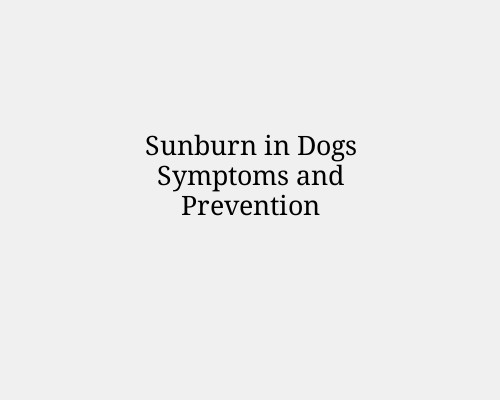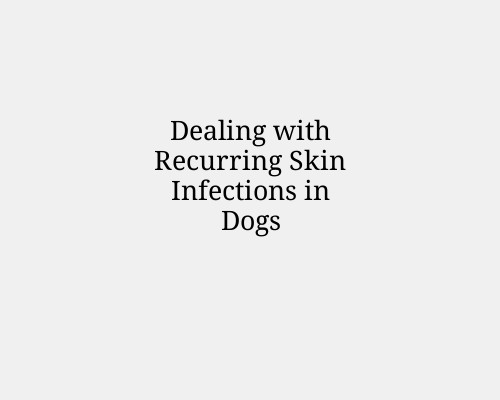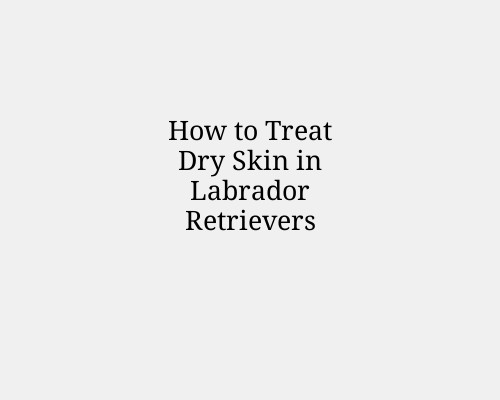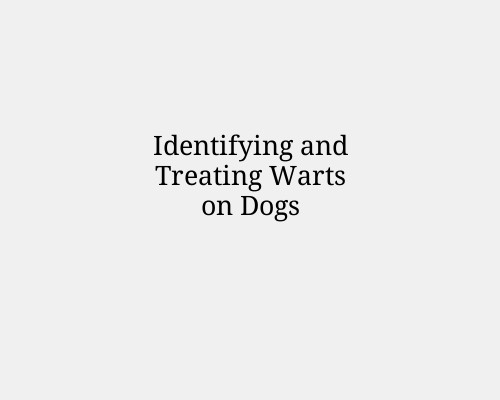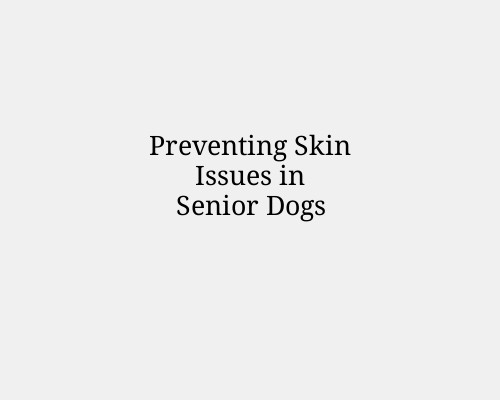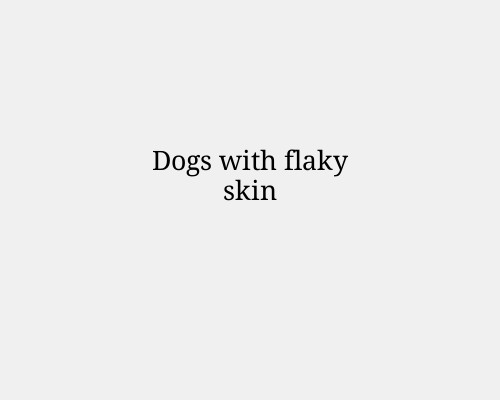Sunburn in Dogs Symptoms and Prevention
Sunburn in Dogs: Symptoms and Prevention
Sunburn in dogs is more common than many pet owners realize. Just like humans, dogs are susceptible to the harmful effects of UV rays, especially those with light- colored or thin coats. If not addressed, sunburn can lead to skin damage, discomfort, and even an increased risk of skin cancer. Understanding the symptoms and knowing how to prevent sunburn in dogs is crucial for their health and well-being.
Symptoms of Sunburn in Dogs
Recognizing the signs of sunburn is the first step to preventing further damage. Common symptoms include:
Redness and Inflammation: Affected areas, particularly on the nose, ears, belly, and other areas with less fur coverage, may appear red and inflamed.
Tenderness or Pain: Dogs may flinch, whine, or show signs of discomfort when touched in sunburned areas.
Dry or Peeling Skin: The skin may become dry, flaky, or peel as it heals from the sunburn.
Blistering: In severe cases, blisters or sores may form on the skin.
Hair Loss: Some dogs may experience patchy hair loss in sunburned areas.
Behavioral Changes: A sunburned dog may be less active or show signs of irritability due to discomfort.
If you notice any of these symptoms, especially if the sunburn seems severe, consult your veterinarian for appropriate treatment.
Dogs at Higher Risk of Sunburn
Certain dogs are more prone to sunburn, including:
Light-Colored Dogs: Dogs with white or light-colored coats and pink skin are more vulnerable to UV damage.
Short-Haired or Hairless Breeds: Breeds like Dalmatians, Bull Terriers, Boxers, and Chinese Crested dogs are at higher risk due to less fur coverage.
Dogs with Thin or Shaved Coats: Dogs with naturally thin coats or those recently groomed are more exposed to the sun.
Certain Medical Conditions: Dogs with skin conditions, allergies, or previous skin injuries may be more sensitive to sunlight.
Preventing Sunburn in Dogs
Preventing sunburn in dogs involves several practical steps to minimize sun exposure and protect their skin:
Limit Sun Exposure: Avoid taking your dog outside during peak sunlight hours (10 a.m. to 4 p.m.) when UV rays are strongest.
Provide Shade: Ensure your dog has access to shaded areas when outdoors. Consider using sun shades, umbrellas, or canopies in open spaces.
Dog-Safe Sunscreen: Use a pet-safe, non-toxic sunscreen on exposed areas like the nose, ears, and belly. Never use human sunscreen, as it may contain harmful ingredients like zinc oxide or para-aminobenzoic acid (PABA).
Protective Clothing: Lightweight, UV-protective dog shirts or vests can offer additional protection, especially for dogs with thin coats.
Monitor Outdoor Activities: Keep a close eye on your dog when outdoors to ensure they are not overexposed to the sun.
Hydration: Ensure your dog has access to fresh water at all times to help regulate body temperature and prevent dehydration, which can worsen the effects of sun exposure.
Treatment for Sunburn in Dogs
If your dog does get sunburned, take the following steps:
Move Indoors: Bring your dog into a shaded or indoor area immediately to prevent further sun exposure.
Cool the Skin: Apply a cool, damp cloth to the affected areas to soothe the skin. Avoid using ice or very cold water, as it can cause more irritation.
Moisturize: Use a dog-safe, aloe vera-based moisturizer to help hydrate the skin and reduce inflammation. Avoid products with alcohol or fragrances.
Veterinary Care: For severe sunburns, blisters, or signs of infection, seek veterinary care. Your vet may prescribe medications or topical treatments to promote healing and reduce pain.
Long-Term Effects of Sunburn
Repeated sunburns can increase the risk of skin damage and skin cancer in dogs. Squamous cell carcinoma, melanoma, and hemangiosarcoma are some types of skin cancers that can develop due to UV exposure. Regular skin checks and veterinary exams are essential for early detection and treatment of any skin abnormalities.
Conclusion
Sunburn in dogs is a preventable condition that can lead to serious health issues if not addressed. By recognizing the symptoms, understanding risk factors, and taking proactive measures to protect your dog from UV rays, you can ensure their skin stays healthy and free from sun damage. Always consult your veterinarian if you have concerns about sunburn or skin health in your dog.

